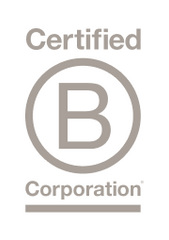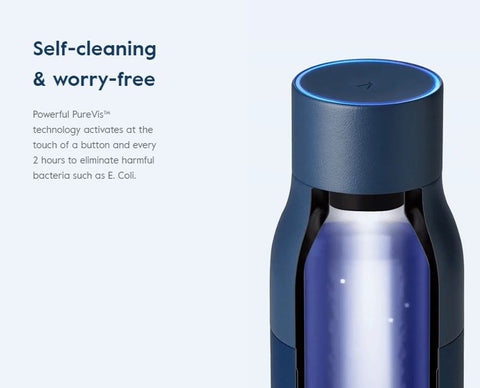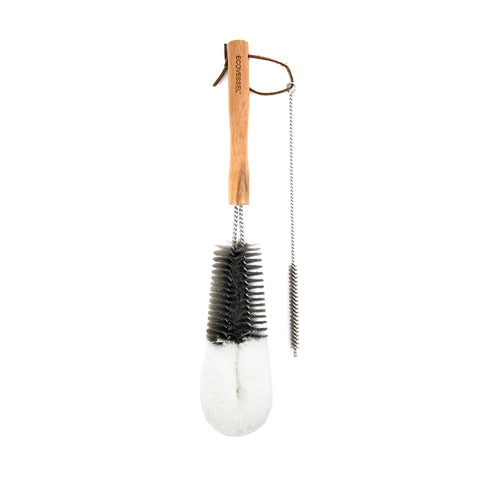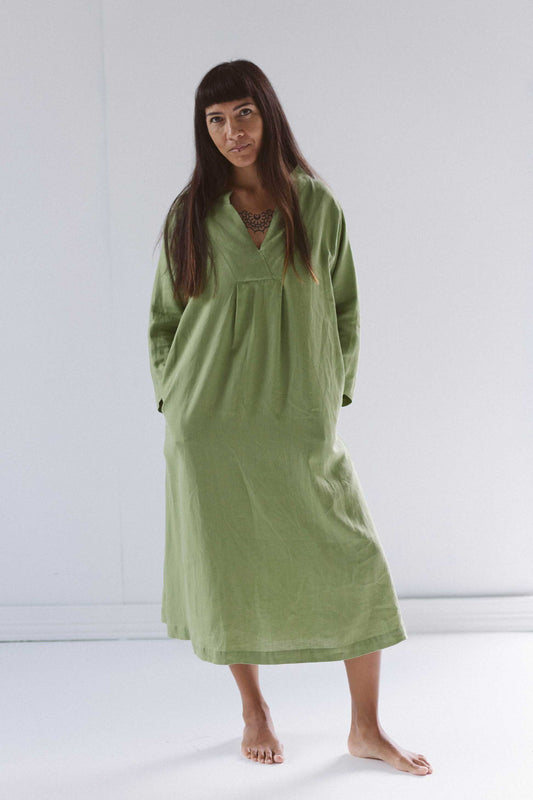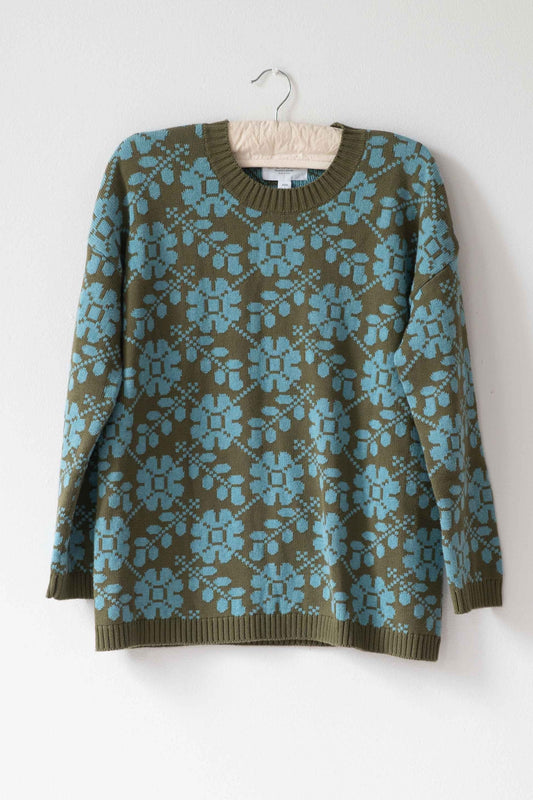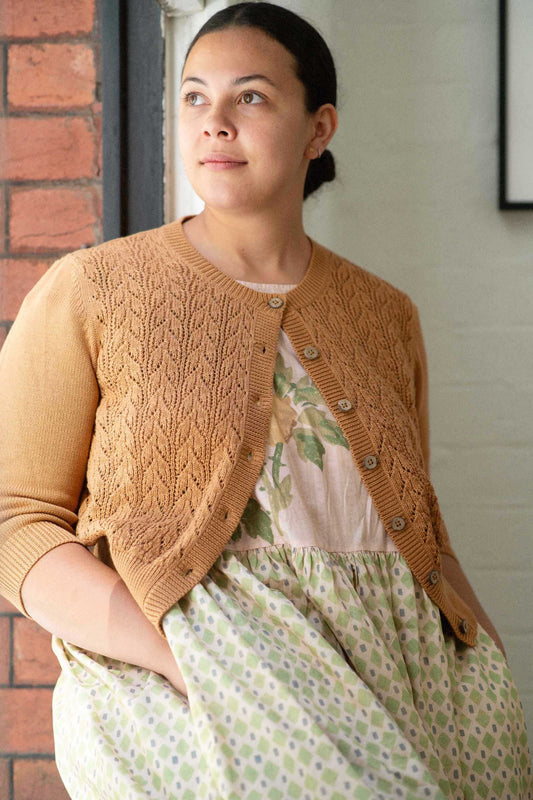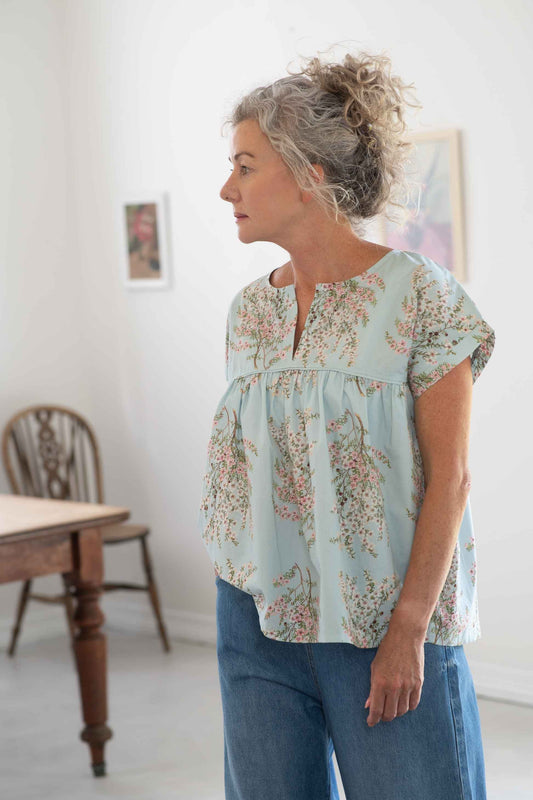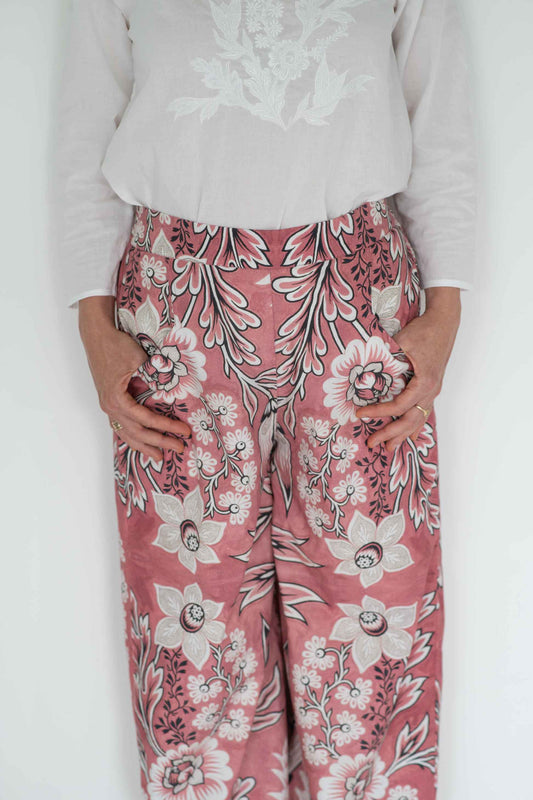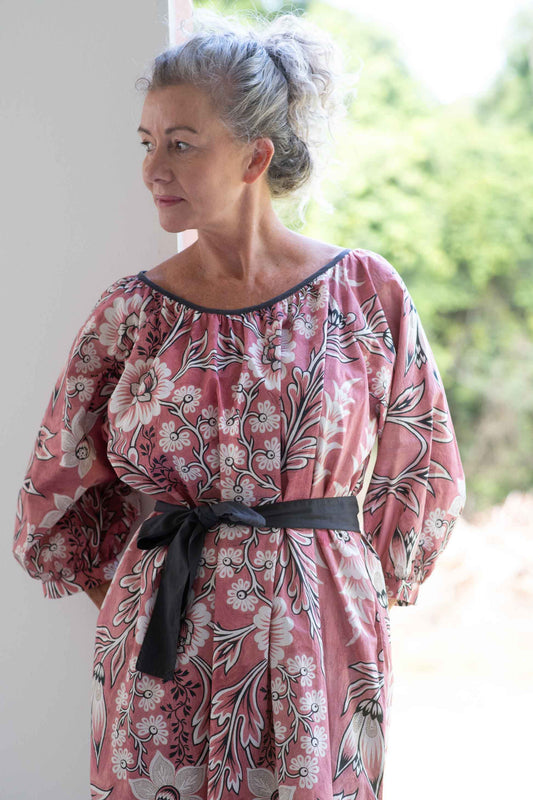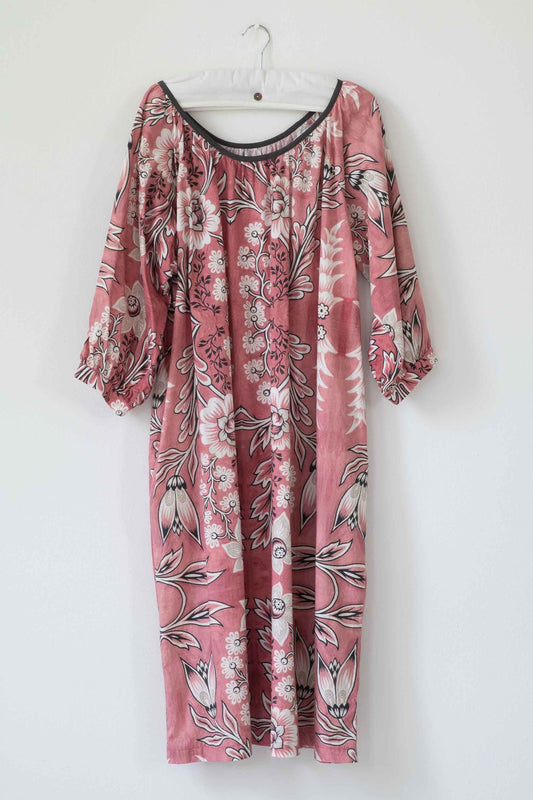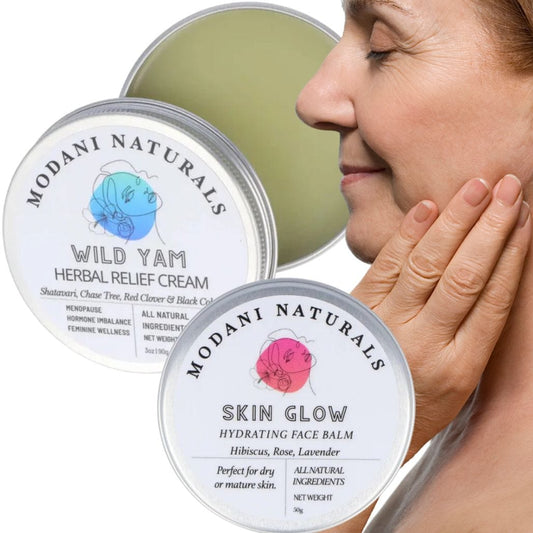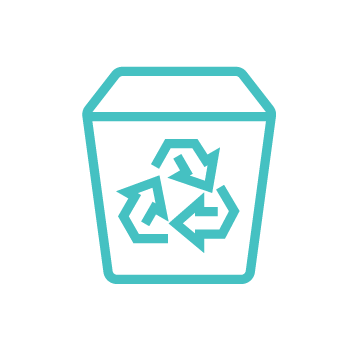Get rid of unhealthy bacteria and mould from your water bottle with our steps to clean and disinfect your bottle using what you may already have at home. We even have a self-cleaning solution—a bottle that actually cleans itself and eliminates the musty bottle smell!
Carrying a reusable water bottle is a great way to save plastic waste, save money and importantly, stay hydrated! But, we tend to forget that our bottle needs to be cleaned to prevent the build up of bacteria and mould. Here we cover the best ways to clean a water bottle, including how often to clean it, and how to remove the dreaded black mould.
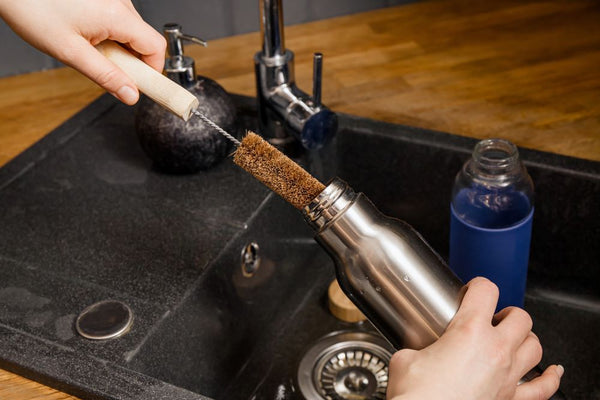
How often should you clean your water bottle?
Carrying a water bottle is very popular these days, which is awesome for saving the planet, but whether Frank Green, Klean Kanteen, Ecovessel or Cheeki, all water bottles need regular cleaning!
As this experts say in this ABC article, there is a small but not a huge risk of getting sick if you are just filling up with chlorinated tap water. However, if you are leaving it for weeks, you will get a slimy build up and a funky smelling bottle.
If you use your water bottle every day, it's ideal to rinse and let it dry out overnight upside down with the lid off. Then every few days, give the bottle a good scrub out with a bottle brush, and one of the cleaning methods suggested below.
What is the best way to clean a water bottle?
Firstly, you don't need to buy packaged cleaning tablets. The best way to clean a water bottle is:
1. Daily cleaning: use hot, soapy water and a brush to clean bottles. Fill the bottle with hot water and a drop of dishwashing liquid. Then, scrub the inside of the bottle with a bottle brush, paying close attention to the areas around the mouthpiece, lid and straw. For the straw, you will need a long straw cleaning brush! If possible, squeeze some water through the sports sipper top to rinse that too. Rinse the bottle thoroughly with hot water to remove any soap residue.
2. Turn upside down and leave to dry out completely. This is an important step because bacteria thrive in moist environments.
3. Occasional maintenance: Fill your drink bottle with around 4/5 water and 1/5 white vinegar. Only use white vinegar as apple cider and wine vinegar can leave a taste.
Or, use a mixture of bicarb soda and hot water. Simply mix a tablespoon of bicarb with hot water and shake the mixture in the bottle. Let it sit for a few hours before rinsing out with hot water.
If possible, place your clean and dry bottle or lid pieces in bright sunlight for a few hours. Sun is incredible for killing mould and bacteria.
4. Tough stains and to sanitise: To finish your bottle clean, disinfect with hydrogen peroxide or sodium percarbonate (oxygen bleach). Oxygen bleach is made from sodium carbonate (also know as soda ash) and hydrogen peroxide. It works by releasing oxygen once it is exposed to water. This release of oxygen lifts stains and dirt off whatever you're cleaning. The only by-product is soda ash and it does not have any environmental hazards.
To clean with sodium percarbonate, soak your bottles, tops and straws in the sink with some hot water and a teaspoon of the powder.
For those who really want a convenient bottle cleaning tablet, check out our recipe here for Homemade Water Bottle Cleaning Tablets.
5. Self cleaning bottle!
The LARQ self cleaning water bottle is the world's first water bottle that purifies water and neutralises 'bottle stink' on-the-go. The UV-C light technology built into the lid, eradicates up to 99.99% of bacteria and 99.99% of viruses—meaning you can even sterilise water found in streams while out hiking and camping. It's the same UV light technology that hospitals use for sterilising medical implements.
Larq bottles are stainless steel so even better without plastic. Choose from Larq insulated bottle that is 500ml capacity, or the more lightweight single wall 700ml uninsulated. To learn more, see our Larq Frequently Asked Questions.
Can you clean a water bottle in the dishwasher?
Many reusable water bottles are safe to clean in the dishwasher, but it's important to first check the manufacturer's instructions.
Some bottles have parts that are not dishwasher safe, such as straws or lids with rubber seals. Plastic parts should be placed on the top rack.
Some coloured bottles or bottles with printed designs will come off in the dishwasher, so they should be hand washed.
Find all our bottle brushes here >
How do you remove mould from a water bottle?
If you've noticed mould in your water bottle, it's important to clean it thoroughly to prevent any potential health risks. The best way to remove mould is using vinegar. First, empty the water bottle and rinse it out with hot water. Then, fill the bottle with a mixture of half water and half white vinegar. Let the mixture sit in the bottle for at least an hour, then scrub the inside of the bottle with a bottle brush, and rinse. More commonly, the plastic lid and silicone parts develop mould. In this case, submerge them in undiluted white vinegar and let them sit overnight. Scrub thoroughly and rinse.
If the mold is particularly stubborn, you can also use a mixture of bicarb soda and vinegar. First, sprinkle baking soda inside the bottle or over the lid, then add vinegar. The mixture will fizz, so be sure to let it sit for a few hours before rinsing it out with hot water and scrubbing with a bottle brush. Again, time in the sun will help too.
What you need to clean a water bottle with kitchen and laundry staples
- Dishwashing liquid
- Bottle cleaning brush
- White vinegar
- Bicarb soda
- Oxygen bleach
Our DIY bottle cleaning tablets could do the trick too.
What is the easiest bottle to keep clean?
Lastly, it is worth mentioning that glass water bottles and stainless steel bottles are much easier to keep clean than plastic bottles. Over time, plastic starts to break down and the surface becomes compromised, making it perfect for harbouring bacteria.
Dee Carter, a Professor in Microbiology at the University of Sydney, quoted in an abc.net.au article:
MORE READING
